
Maximize the potential of Nonselective Bare Ground herbicides
Precise & effective Industrial weed control
Contact us today to discuss application programs customized to your unique industrial property needs.
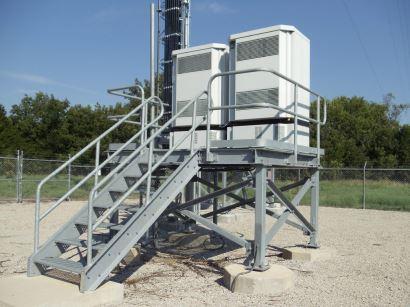
Are you looking for best practices related to the application of the best herbicides and soil sterilant that encompass vegetation control? Explore our selection featuring industry-standard solutions, including Arsenal AC with Imazapyr 52.6%, Reward Herbicide powered by Diquat dibromide 37.3%, General Purpose Weed Control with 53.8% AI, and the Bare Ground King, Pramitol—your key to total vegetation control around industrial settings. Whether you're tackling broadleaf weeds on a commercial site, addressing aquatic nuisances in a quarry, or seeking a year-long soil sterilant for fence lines and gravel communications sites, VegClear offers the application expertise and product knowledge to transform your landscape, allowing native and desirable vegetation to flourish where suitable. Harness the power of precision with carefully selected and precision-mixed herbicides (PDF Mixing Chart), ensuring a weed-free environment customized to your specific commercial needs. Need more info? Call us to discuss and experience the next level in vegetation management by partnering with VegClear.
Get Started In Time For Green Season:
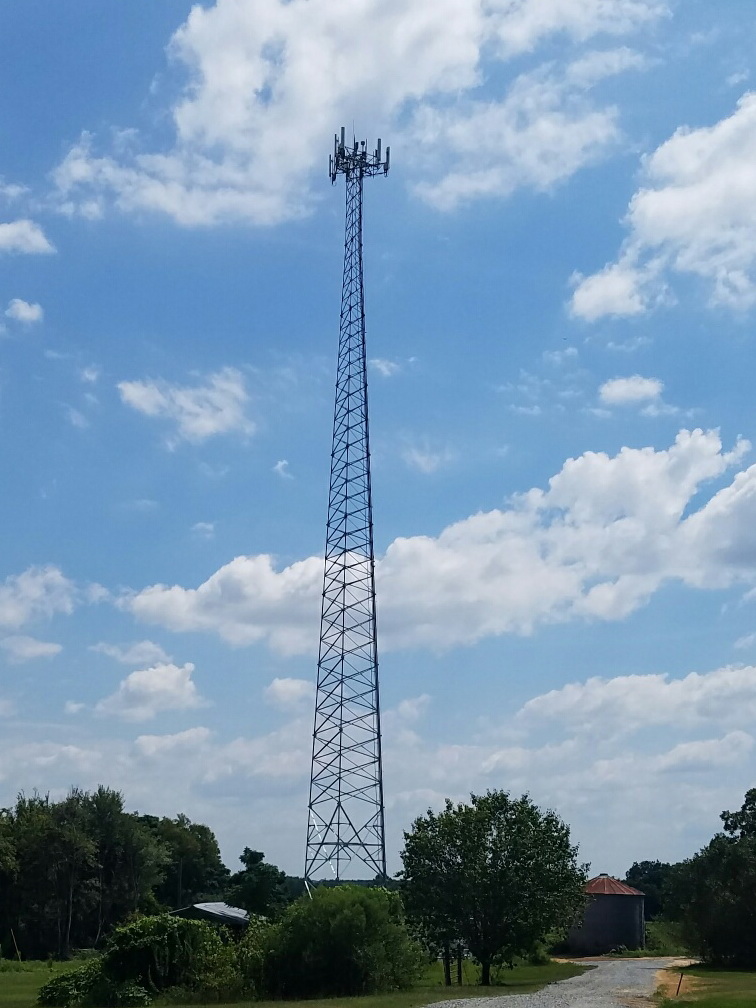
NonSelective Preemergence Herbicides
Active Ingredient: Imazapyr 52.6% Target Weeds: Broadleaf weeds, vines, brambles, grasses, trees Application Areas: Forestry, bare ground, stump treatment, forest roads, wildlife openings
Active Ingredient: Diquat dibromide 37.3% Target Weeds: Algae, aquatic weeds, submerged weeds, shorelines Application Areas: Aquatic areas, non-irrigation ditch banks, wildlife openings Coverage: 0.5-1.5 pints per acre
Active Ingredient: Glufosinate 40-55% Target Weeds: Over 200 tough weeds, grasses, brush species Application Areas: Aquatic and non-crop areas, buildings, guardrails Coverage: 1 gallon covers 4,000 to 16,000 sq. ft
Active Ingredient: Prometon 25% Target Weeds: Johnson grass, bindweed, annual and perennial weeds Application Areas: Industrial sites, roads, fences, military installations Coverage: 1 gallon makes 4-16 gallons, 4-6.125 gals. per acre
Common Post-emergence Selective Herbicides - Bolster Tank Mix of Non-selective Sprays:
Dicamba:
Weeds Controlled: Targets broadleaf weeds.
Where Used: Suitable for lawns, hand spray/wand, and broadcast applications.
Notes: Controls clover but may harm ornamental roots.
Delve into the precision of Dicamba for selective broadleaf weed control.
Open new resources with this product's diverse applications on industrial lawns. Understanding potential impacts on ornamental tree roots is critical.
Fluazifop:
Weeds Controlled: Targets grasses including bermudagrass.
Where Used: Ideal for broadleaf groundcovers or commercial landscape beds.
Notes: Apply during the active growth of weedy grasses.
See the effectiveness up close of Fluazifop for selective weed control in commercial landscaped beds with low use rates.
Learn about optimal application timing for thriving results.
2,4-D or 2,4-Dichloro-acetic acid:
Weeds Controlled: Targets broadleaf weeds.
Where Used: Suitable for parks, lawns, and commercial turf.
Notes: Systemic action kills the entire plant.
Explore the systemic impact and complete kill of 2,4-D for broadleaf weed control.
Discover applications in bare ground, parks, and commercial lawns for comprehensive selective vegetation management.
Triclopyr:
Weeds Controlled: Targets brush, small trees, and broadleaf plants.
Where Used: Suitable for natural and industrial property areas.
Notes: Systemic action kills the entire plant.
Explore the use of Triclopyr in Remedy for control of brush and vegetation in natural and commercial areas.
Professionals are able to utilize this product's systemic action for the most efficient results.
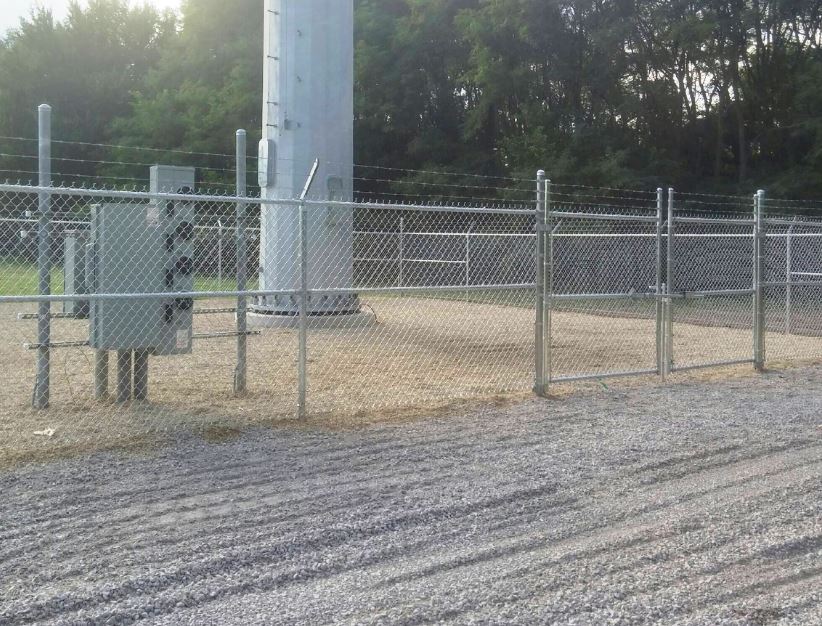
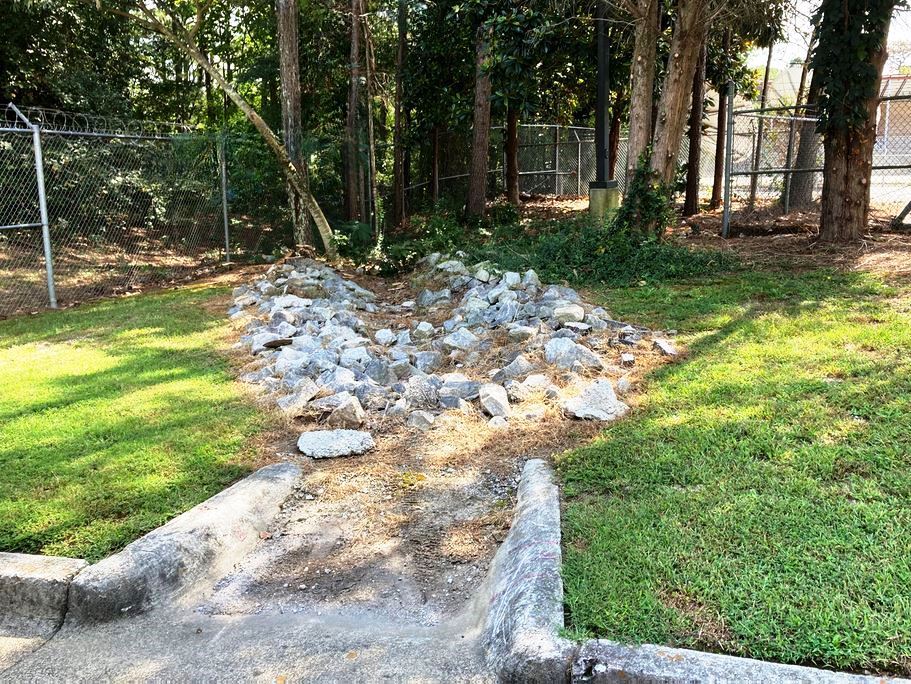
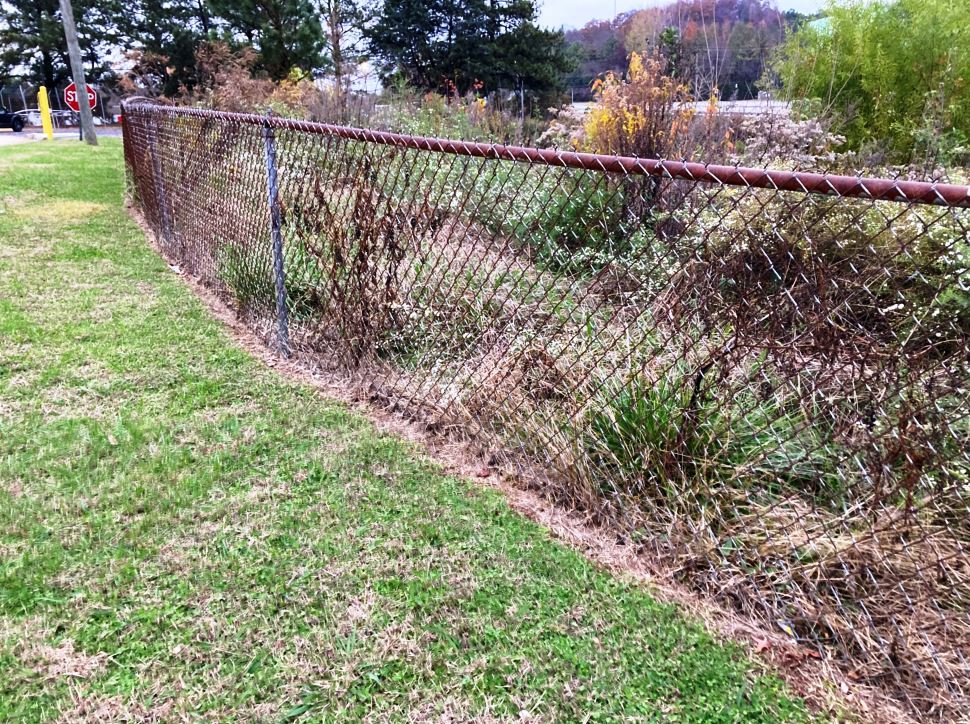
Optimize Vegetation Control with Non-selective Herbicides
Imazapyr Herbicide
Vegetation management stalwart Imazapyr, features the powerhouse active ingredient Imazapyr 52.6%. This broad-spectrum, pre and post-emergent spray commands authority in controlling a wide array of broadleaf weeds, vines, brambles, annual and perennial grasses, trees, and more. Maximize the potential of your land by utilizing Imazapyr for forestry site preparation, hardwood brush control, and the release of conifers from woody and herbaceous competition.
Key Features:
- Bare Ground Control: Imazapyr sterilizes the soil upon application, providing effective control of unwanted vegetation for up to a year.
- Versatile Applications: Imazapyr can be utilized for stump and cut-stem treatment, along forest roads, non-irrigation ditch banks, and the establishment of wildlife openings.
How Imazapyr Works:
Imazapyr infiltrates vegetation through roots and foliage, inducing chlorosis and subsequent tissue necrosis. The herbicide reaches the plant's roots, annihilating underground storage tissue and preventing emerging growth. While chlorosis and necrosis may take weeks to manifest, the complete eradication of woody plants, brush, and trees might take several months.
Mixing Guide:
Ensure optimal results by following our mixing guide for various volumes of water. Incorporate non-ionic surfactant for enhanced performance.
- 1 Gallon: 1.0% to 5.0 oz % concentration
- 5 Gallons: 1.0% to 5.0 oz % concentration
- 25 Gallons: 1.0% to 5.0 oz % concentration
- 100 Gallons: 1.0% to 5.0 oz % concentration
Directions For Use:
Apply Imazapyr using low volume hand sprayers, ground sprayers, low volume backpack or pump-up sprayers, or even helicopters for expansive coverage.
Target Pests:
- Grasses: Annual bluegrass, Bahiagrass, Barnyardgrass, Fescue, and more.
- Broadleaf Weeds: Bull thistle, Burdock, Chickweed, Common ragweed, Dandelion, and others.
- Vines and Brambles: Field bindweed, Honeysuckle, Poison ivy, and more.
Application Guidelines:
- Mix 1 1/3 oz per gallon of water with 1/3 oz of non-ionic surfactant for low volume broadcast.
- Use 1-3 pts per acre for control of grassy and broadleaf weeds.
- For aquatic treatment, apply at a rate of 0.5-1.5 pints per acre, not exceeding 1.5 pints per acre per year.
- Exercise caution regarding drift and run-off, particularly in water adjacent to treated areas.
Safety Precautions:
- Imazapyr is toxic to plants, and drift/run-off may be hazardous to water-adjacent plants.
- Do not apply to water except as specified on the label.
- Treat aquatic weeds with care to avoid oxygen depletion or loss due to decomposing dead plants.
- Allow 10 to 14 days between treatments in aquatic sites.
Embrace the unparalleled efficacy of Imazapyr for comprehensive vegetation management. Maximize your land's potential with the industry-leading Imazapyr 52.6% herbicide.
Reward Herbicide: Diquat Landscape and Aquatic Powerhouse
Maximize the potential of your aquatic and landscape spaces with Reward Herbicide, powered by the active ingredient Diquat dibromide at an impressive 37.3%. This versatile herbicide is your key to effectively controlling algae, aquatic weeds, and submerged vegetation, delivering unparalleled results along shorelines. Whether applied as a surface spray or submerged with a nozzle, Reward Herbicide ensures superior performance in diverse environments.
Key Features:
- Broad-Spectrum Control: Reward Herbicide targets a range of aquatic pests, including water lettuce, duckweed, cattails, hydrilla, and terrestrial weeds such as fescue, henbit, buttercup, and more.
- Versatile Application: Apply directly to bodies of water for large-scale weed control or use as a spot treatment spray on specific vegetation.
- Rapid Absorption: Diquat dibromide interferes with plant photosynthesis, rapidly absorbing into weeds and exhibiting rain fastness within 30 minutes.
How Diquat Works:
By disrupting photosynthesis within plant cells, Diquat dibromide swiftly takes action. Rainfast in just 30 minutes, it targets immersed and floating weeds, causing them to perish within 1-5 days, while submersed weeds succumb in 2-3 weeks. For heavily infested areas, a second application may be necessary.
Tips for Usage:
- Toxicity Warning: This pesticide is toxic to aquatic invertebrates; use with caution in aquatic environments.
- Terrestrial Uses: Avoid direct application to water or areas with surface water. Exercise care in disposing of equipment wash water.
- Aquatic Uses: Follow Diquat product label specifications when applying directly to water. Utilize two application methods for optimum results.
Usage Guidelines:
Non-planted Areas on Farms:
- Broadcast: Apply 1-2 pints per acre in a minimum of 15 gallons of water.
- Spot Treatment: Use 1-2 quarts of product with a 75% or greater nonionic surfactant per 100 gallons of water.
Control of Submerged Weeds:
- Apply 0.5-2.0 gallons of Diquat Herbicide in water per surface acre in 4 ft water depth.
- For heavy infestations, use a 2-gallon per surface acre rate.
- Repeat every 14-21 days for optimal control.
Coverage Area:
- Each gallon treats up to 1 surface acre of a lake.
- For land applications, each gallon covers 2-3 acres.
Specifications:
Target Pest: Reward Herbicide is effective against a variety of aquatic pests, including water lettuce, duckweed, cattails, and terrestrial weeds like fescue, henbit, buttercup, and more.
For Use in:
- Non-crop or non-planted areas on farms
- Aquatic areas
- Commercial greenhouses and nurseries
- Dormant established turfgrass
- Landscape, industrial, recreational, commercial, residential, and public areas
- Turf renovation (all turf areas except commercial sod farms)
Empower your landscape and aquatic spaces with the proven efficacy of professionally applied Diquat Herbicide. Conquer unwanted vegetation with confidence. Schedule treatment for a weed-free environment.
Glufosinate & General Purpose Non Selective Herbicides: Power and Precision for Unrivaled Weed Control
A powerhouse active ingredient found in herbicides is available in its purest form 53.8% concentration and sometimes more. This non-selective herbicide, labeled for both aquatic and non-crop terrestrial uses, provides a solution for eliminating over 200 weeds, grasses, and brush species, including their roots.
Key Features:
- Versatile Application: Non-selective herbicide that mixes with water and a nonionic surfactant. It is applied as a foliar spray, ensuring effective control of both woody and herbaceous plants.
- Rainfast and Soil Bonding: The formulation bonds to the soil, rendering it rainfast within a few hours, posing no residual activity in the soil, offering a precise and controlled herbicidal action.
- Wide Coverage: Each concentrate bulk container covers multiple acres, providing an efficient solution for large areas.
How Systemic Non Selective Herbicides Work:
These products systematically move through the plant upon contact with the foliage. Visible effects, such as yellowing and browning of above-ground plants, as well as deterioration of underground plants, become apparent in 2-4 days for most vegetation. Perennial brush species may exhibit visible signs in 7 days or more. The herbicide ensures thorough control, even under challenging weather conditions.
Application Guidelines:
- Weed Disturbance: Wait three days after application for annual weeds and seven days for perennial weeds before disturbing treated vegetation through activities like mowing, tilling, or burning.
- Rates: General rates range from 1-2 oz per gallon of water, mixed with a non-ionic surfactant. Higher rates, up to 10 oz per gallon, may be used for dense vegetation.
- Coverage: Spray to the point of wetting, ensuring at least 50% coverage of the weed for optimal results.
- Growing Conditions: Avoid treating under poor growing conditions, such as drought, disease, or insect damage. Dust-covered weeds may result in reduced efficacy.
Specifications:
- Target Pests: Annual and perennial weeds, woody brush, and trees
- Active Ingredient(s): Most general purpose herbicides contain a combination of active ingredients
For Use in:
- Aquatic and non-crop areas.
- When applying to water, use surfactants known to be nontoxic to aquatic species.
Precise and comprehensive weed control to tackle unwanted vegetation with confidence. Call us now to discuss using herbicides as part of a program maintaining your weed-free landscape.
BareGround Herbicides: Effective Total Vegetation Control
Pramitol: Soil Sterilant for Total Vegetation Control
- Long-lasting Control: Sterilize soil for up to a year, inhibiting growth of annual and perennial weeds. - Versatile Application: Effective against hard-to-control weeds like Johnsongrass, Bindweed, and more. Applicable in various settings, from industrial sites to highways, military installations, and rights-of-way. - Flexible Formulation: Pramitol can be applied in water or oil carriers, providing adaptability for different applications, as well as tank mixed with other quick acting products. - Visual Aid: The use of a marking dye helps identify treated areas, ensuring precise application.
- Preventive Application: Apply Pramitol before weeds emerge or when they are young and actively growing for optimal results. - Top-Kill of Existing Vegetation: For faster top-kill, apply Pramitol in diesel oil, fuel oil, or weed oil.
- General Use: 1 gallon makes 4-16 gallons or covers 4,000 to 16,000 sq. ft. - Industrial Areas: Broadcast 4-6.125 gals. of Pramitol in 50-100 gals of water per acre.
- Under Asphalt: Use 7.5-10 gals. per acre just before laying asphalt. - Mixing with Cutback Asphalt: Follow label instructions for proper mixing.
- Toxicity Warning: Pramitol is toxic to fish and terrestrial invertebrates. - Water Protection: Do not apply directly to water or areas with surface water. Avoid contamination of water used for irrigation or domestic purposes.
- Target Pests: Johnsongrass, Bindweed, annual and perennial weeds, downy bromegrass, goosegrass, quackgrass, and more (refer to the product label for a complete list). - Active Ingredient: Prometon: 2,4-bis (isopropylamino-6-methoxy-s-triazine 25%) - For Use in: Bare ground weed control around various areas, including buildings, fences, pumps, roadways, airports, military installations, and more.